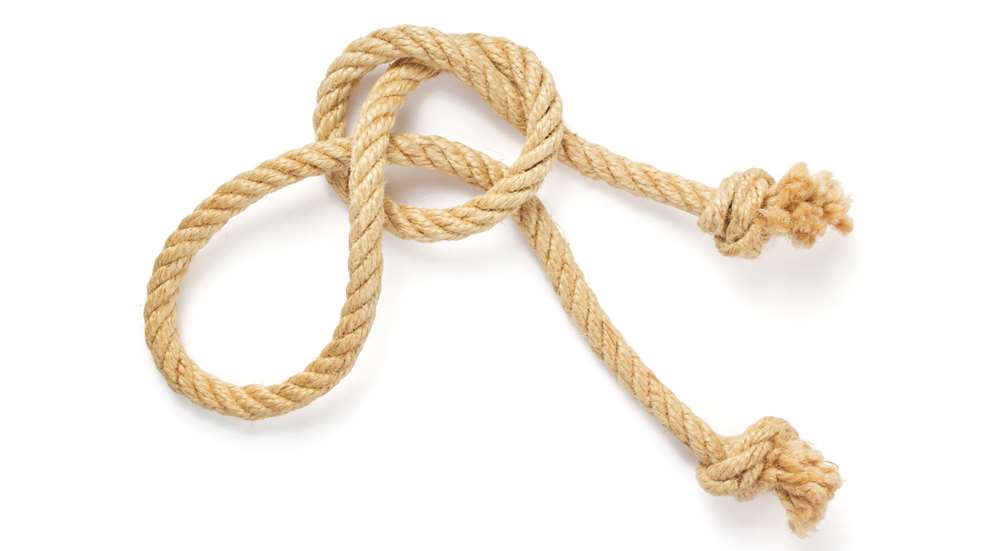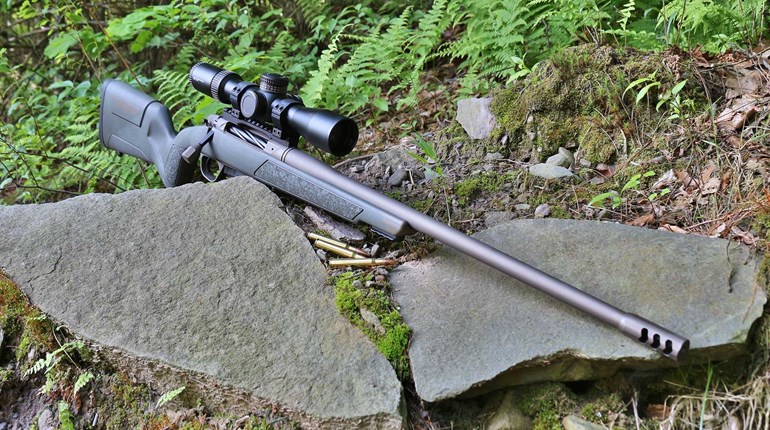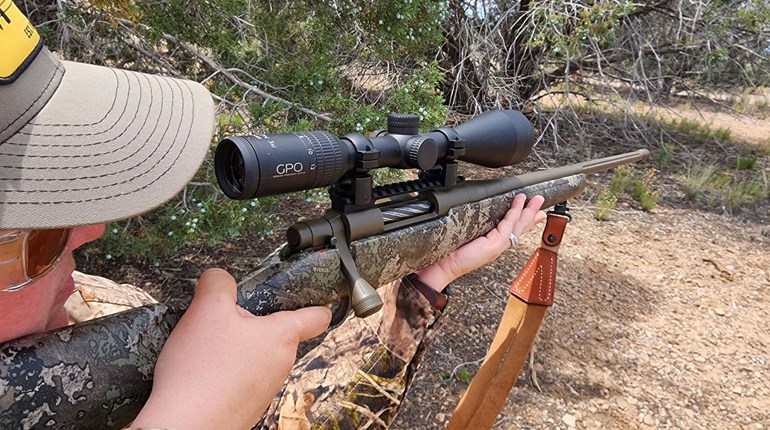
Fear knot: No matter what outdoor activity you have planned for this weekend, we have the knot for you. I have a sailing and boating background, so I’ve always been interested in learning new knots. Properly tied knots are effective solutions to many outdoor challenges. I even use knots in my everyday life, and now you will too!
Camping, hunting, sailing, fishing and climbing are all hobbies that involve knot tying. However, even if you can’t remember a time where you needed a knot that you couldn’t tie, it is essential to know these basic knots. I kid you knot, they could save your life one day in an emergency situation.
Bowline
(pronounced boh-lin not bow line) Although the bowline originated on sail boats, it performs well in almost every situation. You can use a bowline to tie up a piñata, affix a water bottle or shoes to your bag, or tie on a boat anchor. The possibilities are endless, but it is also ideal for rescue situations.
You can tie it around a tree, rock or pole to lower yourself down a hill, or tie it around someone’s waist to pull them up or out of danger. This knot’s core function is to create a fixed loop in one piece of line. When it is tied correctly, it will look like a pacifier or life jacket.
Taut Line Hitch
This knot behaves similarly to the bowline in that it creates a loop, but the taut line hitch’s loop is not fixed. You can slide the taut line hitch to your desired length, and when it is loaded up, the loop will stay the same size until you provide it slack and resize it. This knot is ideal for hanging hammocks or securing a rain fly to tent stakes. You can tie anything down with this knot or use it to haul gear into a tree stand. 
An especially convenient feature of the taut line hitch is that you can tie this knot with slack in it and then expand the loop, tightening the line as you wish. This is easier than keeping tension in the line the entire time to keep it taut.
Figure Eight on a Bight
“On a bight” means the knot can be tied without access to the ends of the line. This knot is used to attach a rope to a harness or carabiner when climbing. The traditional figure eight knot is used as a stopper knot, but the figure eight on a bight is, in my opinion, more useful in wilderness situations.
Even if climbing isn’t your passion (I’m afraid of heights), the figure eight on a bright is worth knowing if you’re forced to climb in an emergency situation. It is a typically fail-safe knot capable of holding large loads. However, as with any knot you’re trusting with your life, make sure to check the rope’s weight capacity to avoid nasty snaps.
Sheet Bend
The sheet bend is used to tie two ropes together. It is more versatile and reliable than the perhaps more well-known square knot. The square knot will only work if the ropes are the same diameter. A sheet bend will work with equal or differently sized lines.
Temporarily combining two lines is useful if you need to lengthen your rope or secure it to another line. You can also use this knot to repair a net, as it is commonly used in weaving.
Slip Knot
The word “slip” tends to scare people away from using this knot. However, it is simply an adjustable loop that is easily untied if you deliberately pull the standing line. It is ideal for situations where you might want to quickly undo your knot.
The slip knot is great for temporarily tethering animals to a pole or tree. You can also use it to tie down a boat cover or restrain cargo with trailer ties. The slip knot can handle most things that needs to be temporarily secured.
Palomar Knot
Finally (for all of the fisherwomen patiently waiting), I wanted to include a simple knot to attach a hook to fishing line. Ideally, you should trim the excess line or tie the knot leaving a very small tail. If you’re lucky enough to have hooks and line on hand should you get lost in the woods, fishing might be a good survival strategy.
Even if you don’t find yourself lost in the wilderness, it is a worthy knot to know in case you’re invited on a fishing trip. Fishing can be a fun way to get in touch with nature while scoring some good grub while you’re at it. With COVID-19 still breathing down our necks, a boat in the middle of an empty lake might be your ideal retreat.















































